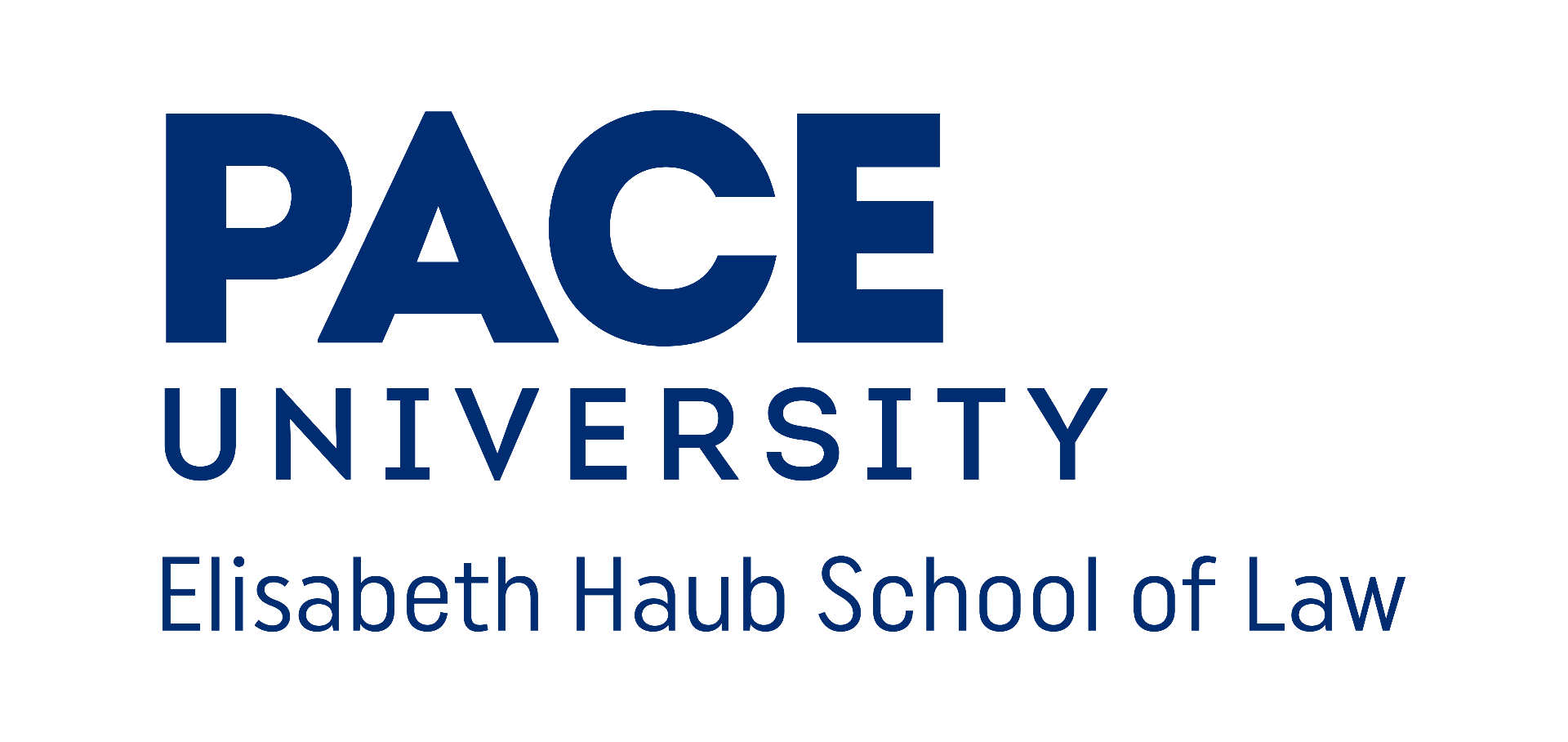Over the summer, I had the opportunity to travel to England and participate in the Study Abroad Program at the University of Oxford through Stetson Law. This program was a two-week intensive course focused specifically on trial advocacy.
At the start of the course, we were broken up into small groups consisting of five students per group. Each group had a specific professor assigned to work with them; my group had the honor of working with Professor Gillian More. We would begin every morning in these groups working on a variety of topics, for example, discussing what a case analysis entails. We would also work on our openings, summations, direct examinations, and cross examinations. Once our materials were ready to present, we would then stand up in front of our group and give our openings, summations, etc. Professor More gave us one-on-one feedback on what she liked and what we could improve on.
Once we wrapped up our group work, we then moved on to lectures and workshops with the entire class. While the lectures were quick, they did give us key insight into the topics we had worked on that morning in our groups. The workshops gave the class a more hands-on experience to understand and apply techniques and concepts we had learned, but in a way that could be applicable to any case, not just the one we were working on.
For example, there was one activity where I was given an item that no one else could see, and I had to “cross examine” in only 5 questions. The rest of the class had to then guess what the item was based on my line of questioning. Let’s see if you can guess it.
- You’re made of paper?
- You hold liquids?
- Hot liquids?
- You have a logo on you?
- The St. Hugh’s College logo?
Now, if you guessed a paper coffee cup with the St. Hugh’s College logo on it , then I did my cross examination successfully. This technique can be applied to any case or fact pattern and the result will remain the same: focusing on the goal of a cross examination. These exercises which we did in our workshop were not just helpful because of the new techniques and ways of thinking we learned, but also because it’s rare for every student to be able to have the opportunity to do that type of exercise in a large lecture hall, as most of our full semester classes are, since there’s not enough time.
, then I did my cross examination successfully. This technique can be applied to any case or fact pattern and the result will remain the same: focusing on the goal of a cross examination. These exercises which we did in our workshop were not just helpful because of the new techniques and ways of thinking we learned, but also because it’s rare for every student to be able to have the opportunity to do that type of exercise in a large lecture hall, as most of our full semester classes are, since there’s not enough time.
My favorite activity involved two students who sat back-to-back and were given the same set of children’s building blocks. One student took the blocks and built whatever they wanted with it, (a house, a castle, random structure etc.). This person was the “witness” and the structure they built represented their story.
Then a third student stood in front of the “witness” and cross examined them. They asked questions about the building blocks, such as, their location on the table, their color, their size, shape and so on. While the student cross examined the “witness” about who built the structure, the student with the second set of building blocks tried to build the same structure. This student could not see what the “witness” built but had to rely on the questions being asked and the responses from the “witness” to put together an identical structure. The purpose of this exercise was to show that a jury member listening to the cross examination is trying their best to take the information they are hearing and put together the facts of the case. Now, even if the attorney is thinking they are being straightforward and as clear as possible, there are still minor mistakes that are made. One student forgot to clarify the size of the block, so the “jury” student had to assume which size block: picking up the smaller square green block, instead of the larger square green block. A simple mistake but at the end of the cross, the two structures weren’t identical. Another student who did the same exercise and portrayed the “attorney,” moved too quickly through their cross and the “jury” student couldn’t keep up, picking up the wrong blocks and building a very different structure than the “attorney” student wanted them to build.
The lesson here is that not every jury member takes away the exact same information and they don’t always interrupt the facts the way that you want them to. That can be detrimental in a case, so breaking down your questions in a cross examination is key. Even if you think a fact is obvious or one can infer the fact (the size of the block), that’s not always accurate. What I took out of that exercise is to be clear with your questions, break down every fact slowly, which allows the jury time to think about key facts so that they not only can build their own structure in their mind, but the correct one, the one that you want them to build.
In the afternoons, we were given the opportunity to explore the city of Oxford, work on our assignments, and network with other students in the program. Networking with the other students, all hailing from a variety of different law schools, was definitely one of the highlights of the program. Not only were we able to bond over our interest in trial advocacy, but we were also able to learn from each other all the different ways trial advocacy is applied in other states.
While learning from each other about the differences in trial advocacy from state to state in the United States was insightful, what I found particularly interesting was English advocacy and the dissimilarities between English advocacy and American advocacy; we spent some time in the program discussing this in further detail. The main difference, we learned, between United States advocacy and English advocacy, is how England has barristers and solicitors. A barrister specializes in courtroom advocacy. They are the ones that represent clients in court proceedings and trials. If you’ve ever seen a tv show where a legal professional is wearing a wig and gown in court, that is a barrister. Barristers are generally self-employed whereas solicitors are hired by a law firm. However, there are some barristers that work for special government departments, such as the Crown Prosecution Service . The Crown Prosecution Service is a government agency that conducts criminal prosecutions and assists the police with investigations regarding criminal matters, much like prosecutors at the various District Attorney’s Offices in the United States. A solicitor, while having many responsibilities, to put it simply, is the one who would do everything leading up to the trial. The client reaches out to a solicitor because the general public is not allowed to contact barristers directly. Once a case looks like it will go to trial, a solicitor will contact a barrister to begin working on the case. From that point on, the barrister will be the one to handle a majority of the matters in the case and will make all of the court audiences (appearances).
Although the program was only two weeks long, I found it to be extremely rewarding. Not only did I foster some fantastic friendships and connections, but I also had the invaluable opportunity to learn from professors all over the country. Every part of the country, and the world, has different ways of tackling the same type of problem. Professors from Florida, Texas, Puerto Rico, and Scotland gave me the opportunity to learn trial advocacy from their own viewpoint. By being able to learn their different approaches, these professors broadened my perspective and strengthened my advocacy skills.
I would like to think that I brought a bit of the New York approach into their lives. For example, when I gave my opening statement to the class one day, I did the usual approach I had been taught: start off with a theme/tagline, tell a brief story about the case, and then introduce yourself. One of the professors from Scotland was blown away by the order of my opening and claimed he had never once heard an opening statement in that order. A student from the south approached me after class saying she had never heard anything like that before and that would not have been allowed in the courts where she was from. Now it was my turn to be blown away! I wouldn’t be able to have that exchange of varying viewpoints back in New York and that’s another reason why I feel that the Oxford program is so invaluable.
Having participated in this program, I found myself with advantages that I was excited to put to use. Most recently at a competition, I felt prepared for the different colloquialisms and demeanor that some schools would likely have. The hands-on guidance and workshopping that we did, both in class and in our groups, was a priceless part of the experience especially since it can sometimes be difficult to get that one-on-one guidance from a full semester course.
If you’re looking for a more holistic and worldly view into trial advocacy and to hone your trial advocacy skills, I highly recommend traveling to Oxford next summer for the study abroad program. I can promise you, it’s beyond worth it!

Recent Comments